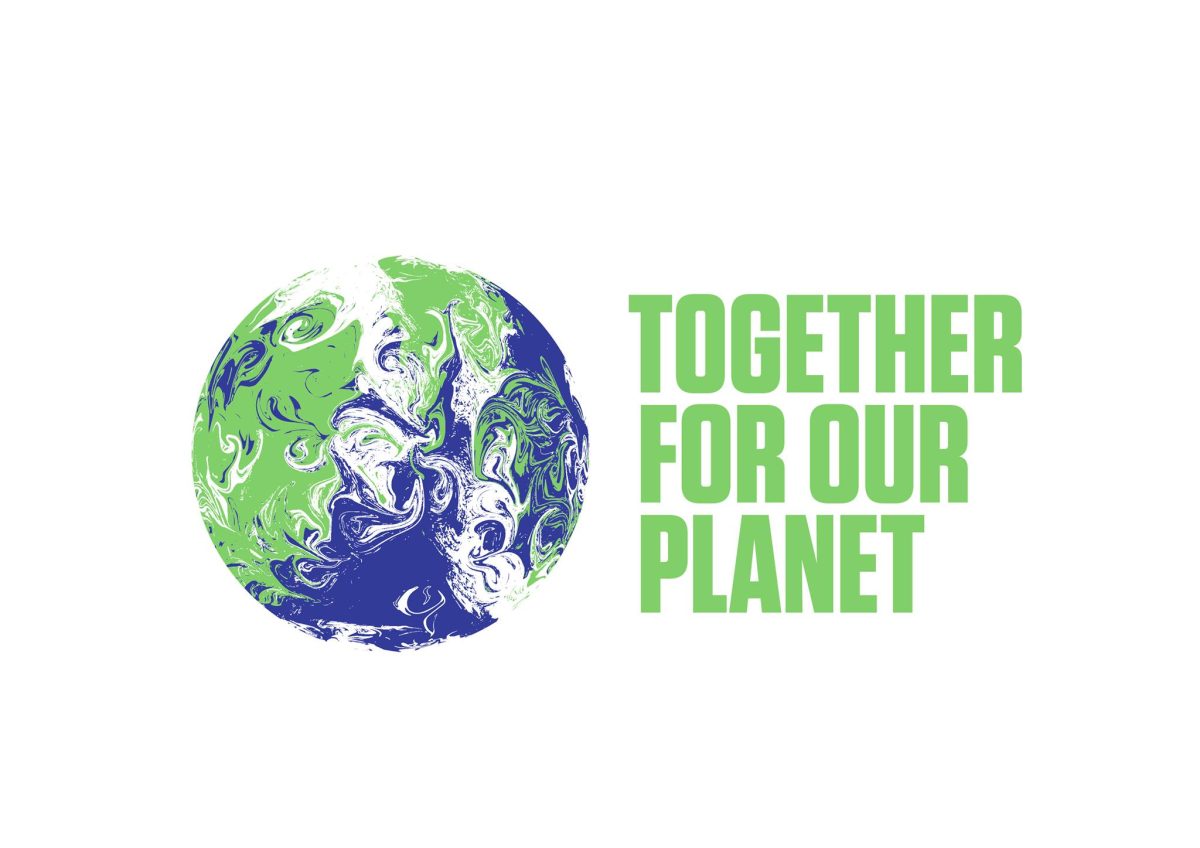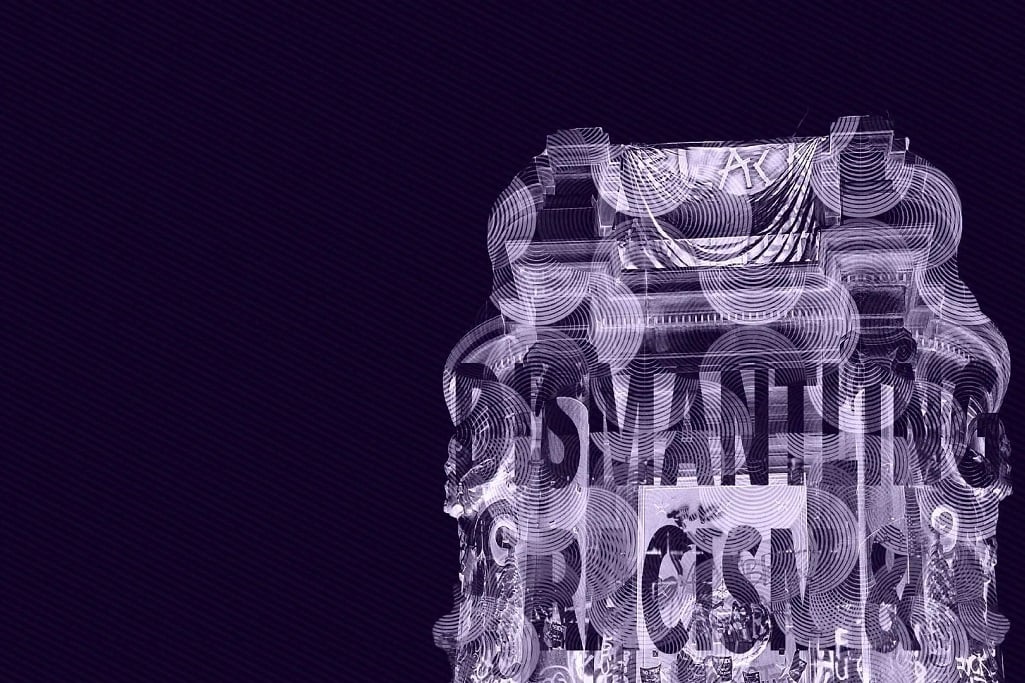Over the past hundred years, the US army's improper use and disposal of toxic chemicals have taken a significant environmental toll with long-lasting consequences for unsuspecting service members and civilians. Primarily due to a lack of awareness regarding long-term...



